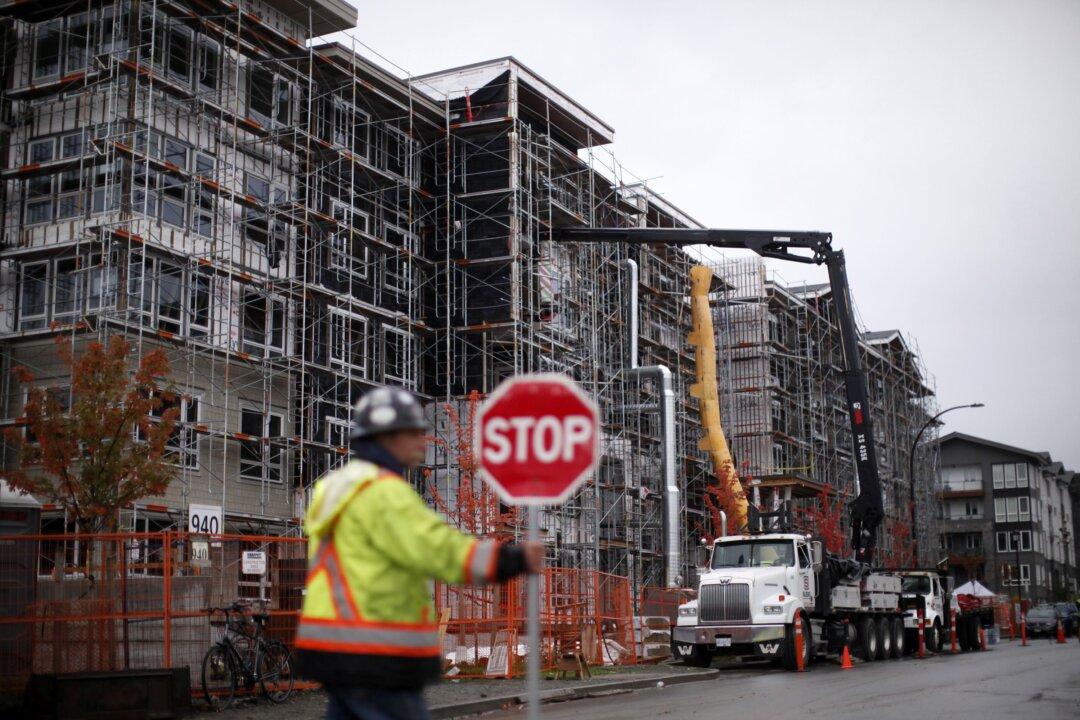Canada will need an estimated 100,000 more houses constructed per year to accommodate the federal government’s most recent immigration targets, according to a new report analyzing the impact of increased immigration on provincial housing markets.
Housing starts would have to increase immediately by almost 50 percent and remain at that level through 2024 to offset higher home prices due to immigration, says a Feb. 13 report by Desjardins Economic Studies.





